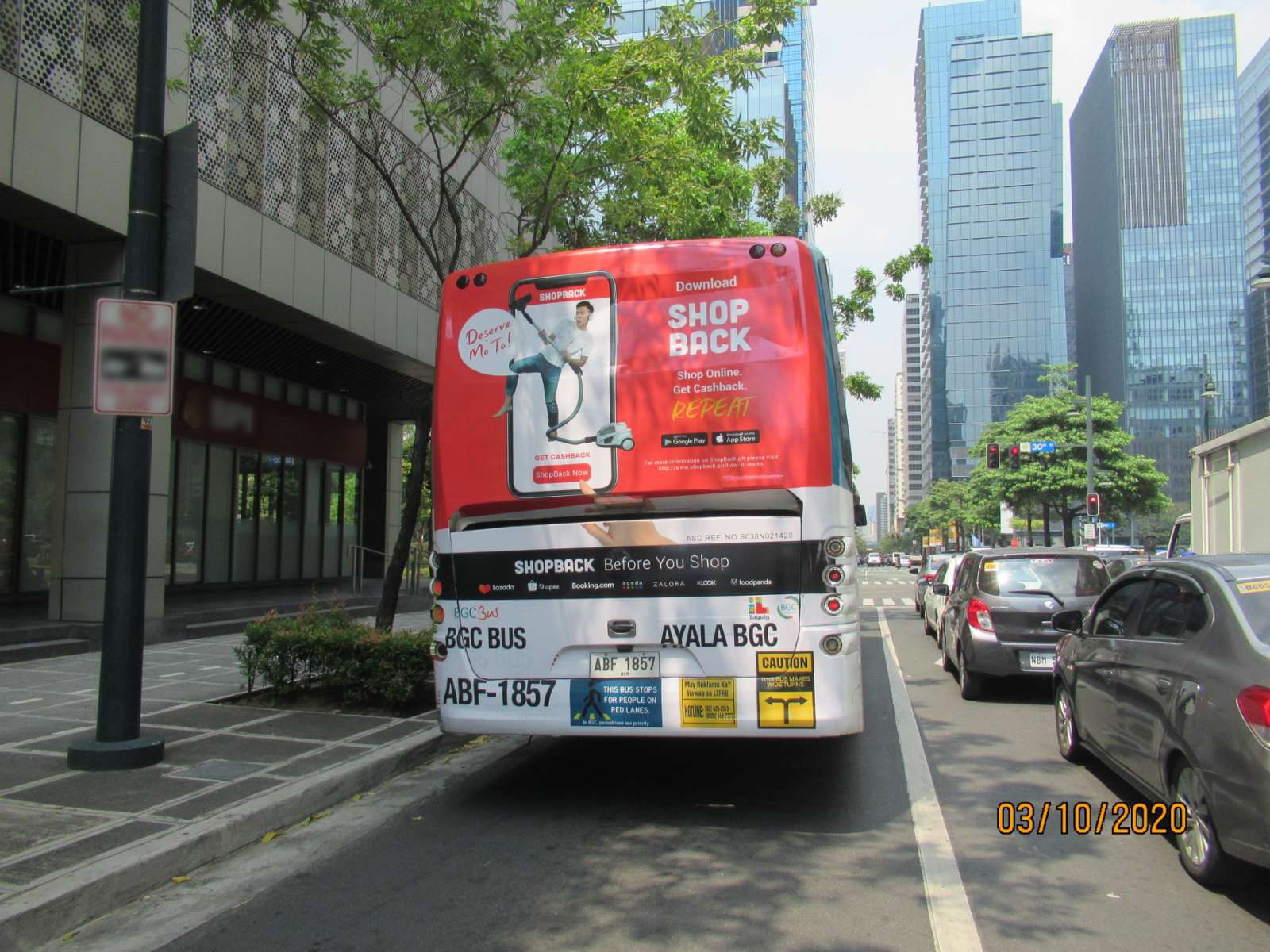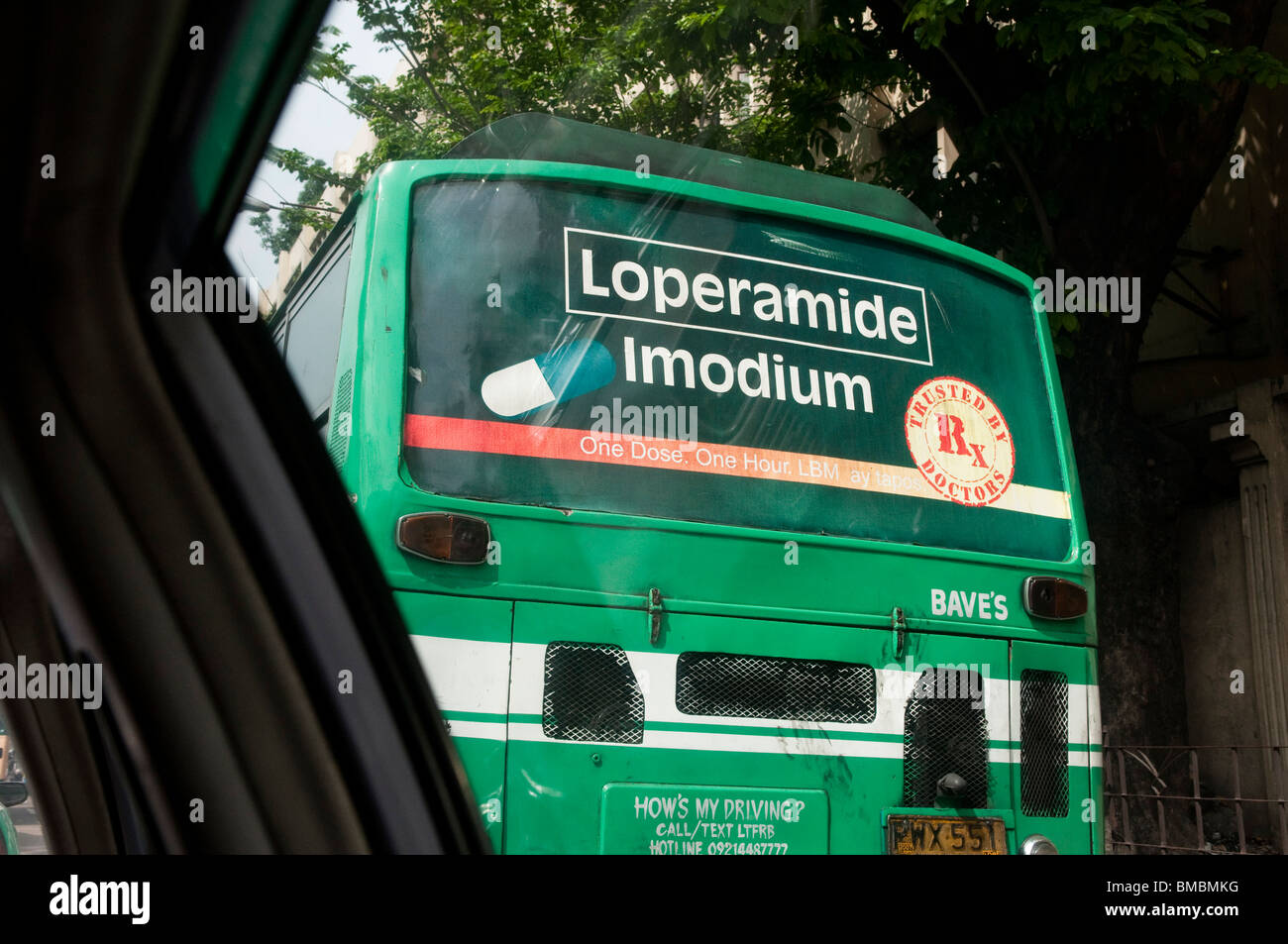Make The Most Of Direct Exposure with Transit Advertising Philippines
Make The Most Of Direct Exposure with Transit Advertising Philippines
Blog Article
A Comprehensive Examination of the Techniques and Strategies for Successful Transportation Advertising And Marketing Campaigns
Transit marketing projects offer a distinct chance for brands to involve with varied audiences in dynamic settings. To attain success, it is important to comprehend the subtleties of target demographics, implement ingenious style strategies, and pick ideal placement locations. Additionally, the efficiency of these campaigns can be substantially improved by very closely monitoring performance metrics and adjusting methods appropriately. As we discover these critical components, it comes to be clear that the course to an impactful transportation advertising and marketing approach is both detailed and fulfilling, increasing the concern of how ideal to browse these complexities for maximum brand name presence.
Understanding Target Demographics
Comprehending target demographics is important for the success of transit marketing campaign (Transit Advertising Philippines). Identifying details audience sectors allows advertisers to tailor their messages efficiently, guaranteeing that the web content resonates with the intended customers. This approach boosts engagement and makes the most of roi
To efficiently analyze target demographics, marketing experts should think about numerous vital aspects, consisting of age, income way of life, level, and profession choices. As an example, a campaign intended at young professionals may concentrate on convenience and modernity, while one targeting family members might highlight safety and dependability. Additionally, geographical aspects such as metropolitan versus country setups can significantly influence consumer habits and preferences.
Data collection techniques such as studies, emphasis groups, and social networks analytics give useful understandings right into market trends and customer practices. By leveraging this info, advertisers can craft compelling stories that align with the worths and demands of their target market.
Inevitably, comprehending target demographics not only informs the strategic direction of transit advertising projects yet additionally ensures that sources are alloted effectively. This targeted method increases the possibility of achieving project goals, fostering brand name commitment, and driving conversions.
Creative Layout Strategies
Reliable communication with target demographics relies greatly on cutting-edge creative layout methods en route advertising campaigns. To efficiently record interest in a crowded aesthetic environment, designers have to prioritize clarity and aesthetic impact. Making use of high-contrast components and bold shades can boost presence, making sure that messages are easily understandable from a distance.
Incorporating dynamic images that reverberates with the target audience is crucial. Visual narration methods can evoke emotions and produce remarkable organizations with the brand. Furthermore, strategic use of typography aids communicate important details swiftly; ideal sizes and legible typefaces better boost readability.
Integrating interactive components, such as QR codes or enhanced reality functions, can involve commuters beyond easy monitoring (Transit Advertising Philippines). These strategies not just advertise user interaction but likewise bridge the space in between typical marketing and electronic engagement
Additionally, utilizing space creatively-- whether on bus wraps, transit shelters, or subway advertisements-- can result in ingenious layouts that break the mold and mildew of conventional marketing. By accepting creative imagination while preserving brand name consistency, campaigns can foster a solid link with their target market, inevitably driving both recognition and action. The integration of these layout methods is paramount for attaining effective transportation advertising end results.
Strategic Positioning Methods
Making the most of the effect of transit advertising depends upon critical positioning techniques that guarantee optimum exposure and interaction. Efficient placement entails examining high-traffic locations and recognizing guest demographics to recognize the most useful places for ad screens. For example, placing ads near entries and leaves of transit vehicles can catch the attention of boarding and touching down travelers, thus enhancing direct exposure.
Moreover, utilizing both exterior and indoor surface areas of transit lorries can substantially broaden reach. Outside advertisements, visible throughout commutes, engage pedestrians and other chauffeurs, while indoor advertisements target travelers in a captive setting. Additionally, putting promotions en route centers, such as bus terminals or train stations, permits for enhanced perceptions as commuters transition in between various settings of transport.
Timing is likewise vital; straightening the campaign launch with peak travel periods takes full advantage of audience engagement - Transit Advertising Philippines. Moreover, leveraging electronic screens in transportation atmospheres can assist in vibrant content, providing real-time updates and improving user communication. By employing these tactical placement techniques, marketing experts can guarantee that their transit marketing projects achieve maximum exposure, resonate with the target audience, and ultimately drive desired results

Measuring Project Effectiveness
To assess the success of transit marketing campaign, it is necessary to utilize a range of measurement techniques that provide understandings right into audience engagement and overall performance. One key approach is the usage of crucial performance signs (KPIs), such as reach, impacts, and interaction rates, which quantify the amount of find out individuals interacted and saw the promotion with it.
Surveys and emphasis teams can also be important in gauging customer understandings and recall, allowing marketing professionals to recognize the effect of their messaging. Additionally, tracking internet site traffic and social networks interaction during and after the project helps gauge straight actions to the advertising.
An additional efficient technique is using location-based analytics, which can offer data walking traffic around particular transportation locations, supplying insights into whether the project successfully caught the focus of check travelers. Additionally, analyzing sales data can disclose correlations in between transit advertising and boosted profits, giving concrete evidence of a campaign's performance.
Instance Researches of Success
Recognizing the performance of transportation advertising and marketing projects via measurement methods lays the foundation for taking a look at real-world instances that highlight successful results. By utilizing geo-targeted electronic ads and analytics, the brand name gauged a 30% increase in sales in areas where the wraps were prominently shown, demonstrating the direct influence of transportation advertising and marketing.
An additional compelling instance comes from a neighborhood nonprofit company that launched a campaign on subway platforms to advertise a community event. The usage of direct involvement with innovation enhanced the campaign's reach and performance.

Final Thought
In summary, successful transit advertising campaigns require a detailed technique that incorporates an understanding of target demographics, innovative design techniques, and tactical placement. Collectively, these techniques foster brand visibility and make the most of the return on investment in transit advertising efforts.
Comprehending target demographics is essential for the success of transit marketing campaigns.Effective communication with target demographics relies greatly on cutting-edge imaginative design methods in transit advertising and marketing projects. By utilizing these tactical placement approaches, marketing experts can make certain that their transportation marketing campaigns achieve optimal exposure, resonate with the target audience, and inevitably drive wanted outcomes.
Comprehending the efficiency of transportation advertising and marketing campaigns via dimension techniques lays the foundation for checking out real-world instances that illustrate effective outcomes.In my link recap, effective transit advertising and marketing projects necessitate a comprehensive technique that integrates an understanding of target demographics, innovative style methods, and tactical positioning.
Report this page